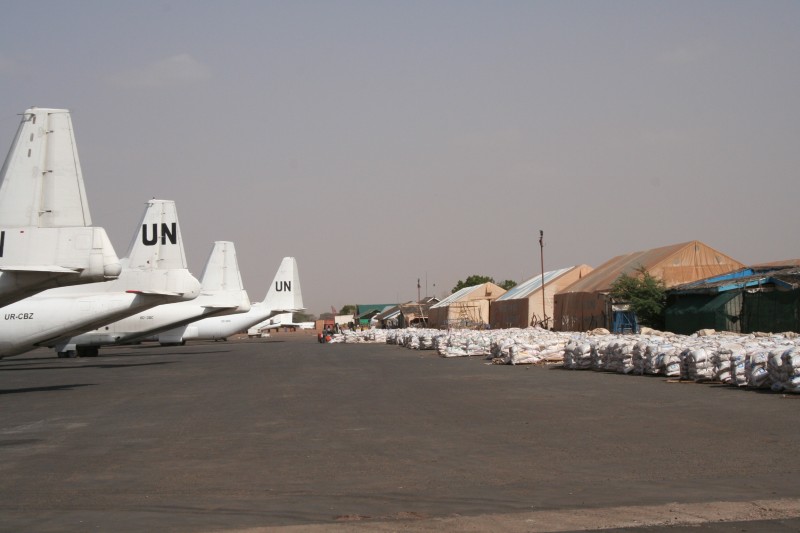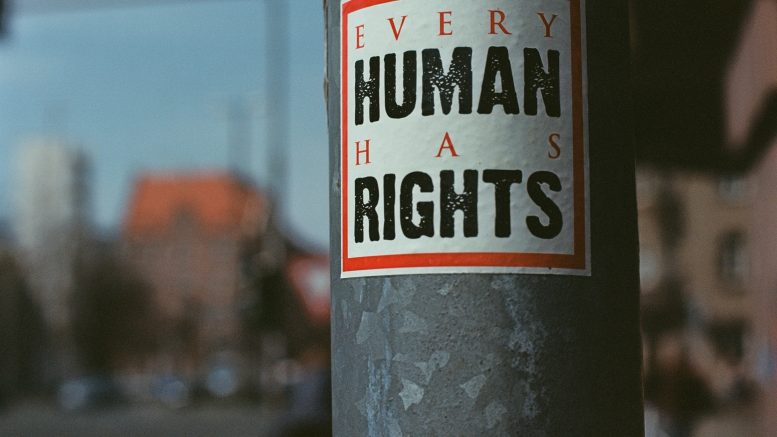Twitter discussion between Elon Musk and David Beasley highlighted the World Food Programme. Voice of London contacted Jane Howard, a spokesperson of WFP in London, who revealed how this organisation operates.
Jane Howard said that currently World Food Programme, along with the world leaders, is aiming to overcome global hunger by the end of 2030, as it is one of the 17 Sustainable Development Goals. “It is a task that goes well beyond the work of WFP alone. It is one for all humanity,” said Jane Howard.
In terms of finances, WFP was given US$8.4 billion in funding, which the organisation spent to help 115.5 million people in the 80 countries. “More specifically, we put US$2.1 billion in cash directly into the hands of women and men to buy food for their families in local markets and distributed US$ 2.4 billion worth of food”, said Jane Howard.
“More specifically, we put US$2.1 billion in cash directly into the hands of women and men to buy food for their families in local markets and distributed US$ 2.4 billion worth of food.”
– Jane Howard
Looking at history, in 1961, WFP was founded “as an experiment to provide food aid through the UN system”, according to the WFP’s official website. At that time, the world encountered crises such as typhoons in Thailand and war refugees in independent Algeria. In 1962 World Food Programme successfully overcame its biggest challenge: an earthquake in Buin Zahra. For this humanitarian operation of helping the survivors, WFP sent “1,500 metric tons of wheat, 270 tons of sugar and 27 tons of tea”, according to the WFP’s official website. The following year World Food Programme’s first-ever school meal project in Togo was accepted.
In 1965 the World Food Programme was officially acknowledged as the UN’s programme. Twenty-four years later, in 1989, a significant Operation Lifeline Sudan had been started, which required a consortium of UN branches such as UNICEF, and WFP to deliver 1.5 mln tons of food through the sky into the territory of South Sudan. To this day, Operation Lifeline Sudan remains the biggest airdrop in history.

The new millennium brought for the WFP goals of developing a strategy towards the world without hunger, poverty and similar issues. However, in 2004, the Asian Tsunami stroked, and in 2010 Haiti earthquake happened. Both crises required effective actions, and besides supplying the food, World Food Programme gave cash and vouchers to aid during both natural disasters.
As the technologies continued to develop, WFP improved its services by creating digital platforms that now help to deliver food in hours, which happened during the Nepali earthquake in 2015. In 2020, WFP received the Nobel Peace Prize for its hard work in tackling global hunger.
According to Howard, now there are 42 million people in 43 countries on the verge of famine. “This number has risen from 27 million in 2019— a 56 per cent increase”, said Jane Howard. The reasons behind such high numbers of famine victims are conflicts, natural hazards, and the economic issues caused by the Covid-19 pandemic.
Jane Howard guarantees that the WFP is a reliable and transparent organisation, as it presents financial statements publicly, which can be found on the World Food Programme’s official website. Besides, the public can access WFP’s projects and plans for the budget here.
Some people might be doubting World Food Programme’s transparency, but their concerns are not reasonable, as WFP openly discloses its achievements, plans and budget, and remains to be one of the key organisations that solve one of the main society’s issues: global hunger.
Words by: Daniele Kieraite | Subbing: Mihlali Sidney


Be the first to comment on "What is WFP?"